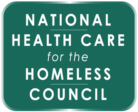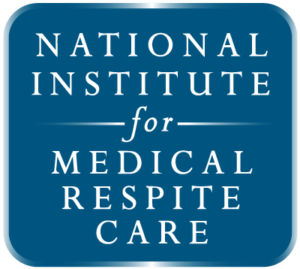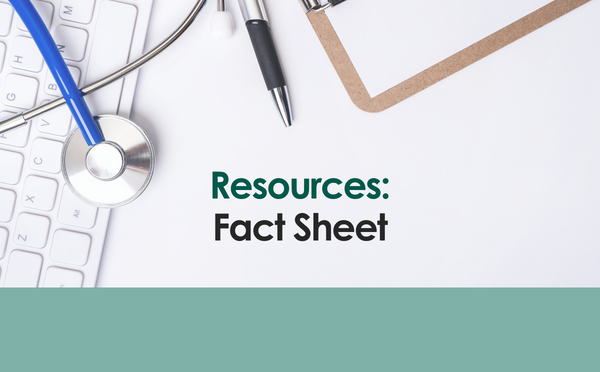Heart Disease Fact Sheet
Heart disease and diabetes are significant health concerns among the homeless population in the United States. Homelessness exacerbates the risk factors and challenges associated with these conditions, leading to poorer health outcomes and increased mortality rates. This fact sheet provides an overview of heart disease and diabetes within the homeless community, highlighting key statistics, risk […]
Heart Disease Fact Sheet Read More >>


